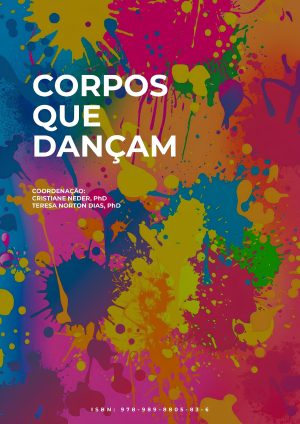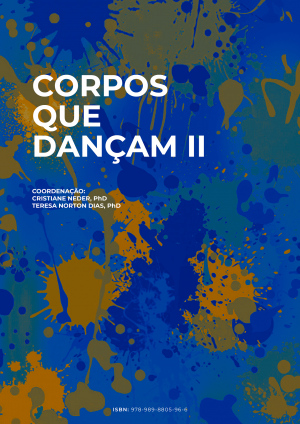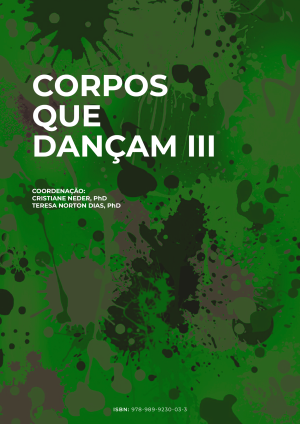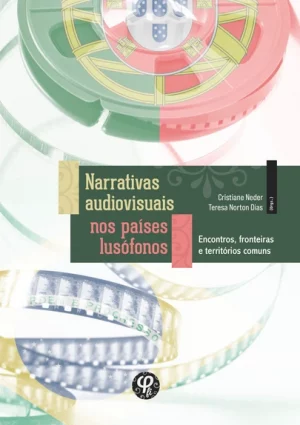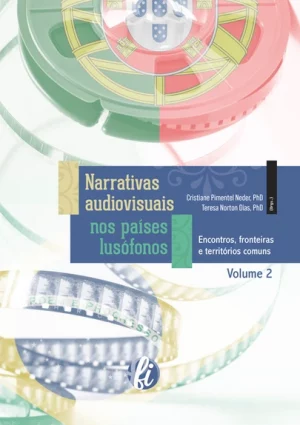SCIENTIFIC PUBLICATIONS EP.L & CR.C
Corpos que Dançam (2022)
Cristiane Neder & Teresa Norton Dias (Coord.)
Launched in January 2023, Corpos que Dançam is an open source e-book that can be accessed by clicking on the cover image. Download the e-book and collaborate in the dissemination of the issues raised and in the dissemination and promotion of the studies carried out.
Corpos que Dançam // (2023)
Cristiane Neder & Teresa Norton Dias (Coord.)
Launched in December 2023, Corpos que Dançam II is an open source e-book that can be accessed by clicking on the cover image. Download the e-book and collaborate in the dissemination of the issues raised and in the dissemination and promotion of the studies carried out.
Corpos que Dançam // (2024)
Cristiane Neder & Teresa Norton Dias (Coord.)
Launched in December 2024, Corpos que Dançam III is an open source e-book that can be accessed by clicking on the cover image. Download the e-book and collaborate in the dissemination of the issues raised and in the dissemination and promotion of the studies carried out.
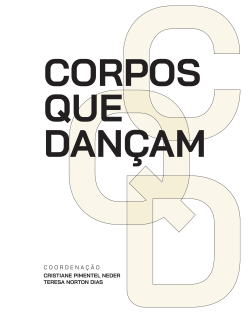
In April 2025, on the occasion of the International Dance Day celebrations, we launched a paper version with a selection of texts that reflect the work carried out by the researchers over three years, during which time we released the texts in e-book format.
This paper publication was only possible with the support of the Baltazar Dias Municipal Theatre/Funchal City Council.
Narrativas audiovisuais nos países lusófonos. Encontros, fronteiras e territórios comuns (2022)
Cristiane Neder & Teresa Norton Dias (Org.)
Lusophony is a gathering of people, cultures and countries that speak Portuguese and have this language as a heritage from a colonial era. Lusophony unites the countries that were colonised and influenced by Portugal. In a poetic way we would say the descendants of the navigators of the great caravels. […] Our films are moving portraits of a past, present and future intertwined by a common history, which intertwines and has no end. We are heirs of the navigators and this book is a rescue through audiovisual narratives of the various borders that belong to us and that need to be rediscovered.
Narrativas audiovisuais nos países lusófonos. Encontros, fronteiras e territórios comuns (2024)
Cristiane Neder & Teresa Norton Dias (Org.)
By publishing Lusophone Audiovisual Narratives we are building a space for debate, ideas and reflections on audiovisual conception, analysis and realization in Portuguese-speaking countries, with a narrative that broadens the discussion among researchers in this community and makes us learn more about our diverse and creative community. Surrounded by an ocean of ideas, poetics and stories that speak the same language, but with different ways of communicating, but art brings us closer to our peers and makes us closer by sharing our experiences, our research, our studies in a publication that tells a little about how our audiovisual narratives transform our lives and create identity by recognizing ourselves within them and recognizing our fellow community members and their similar realities. We are peoples who not only speak the same language, but who have a narrative that brings us closer to each other and that often intersects politically, socially and culturally, because we were colonized by the same country and as a result a little of us remained in them and a little of them remained in us. Our colonial matrix came together in many different places, but in a single, plural narrative that we bring here.
